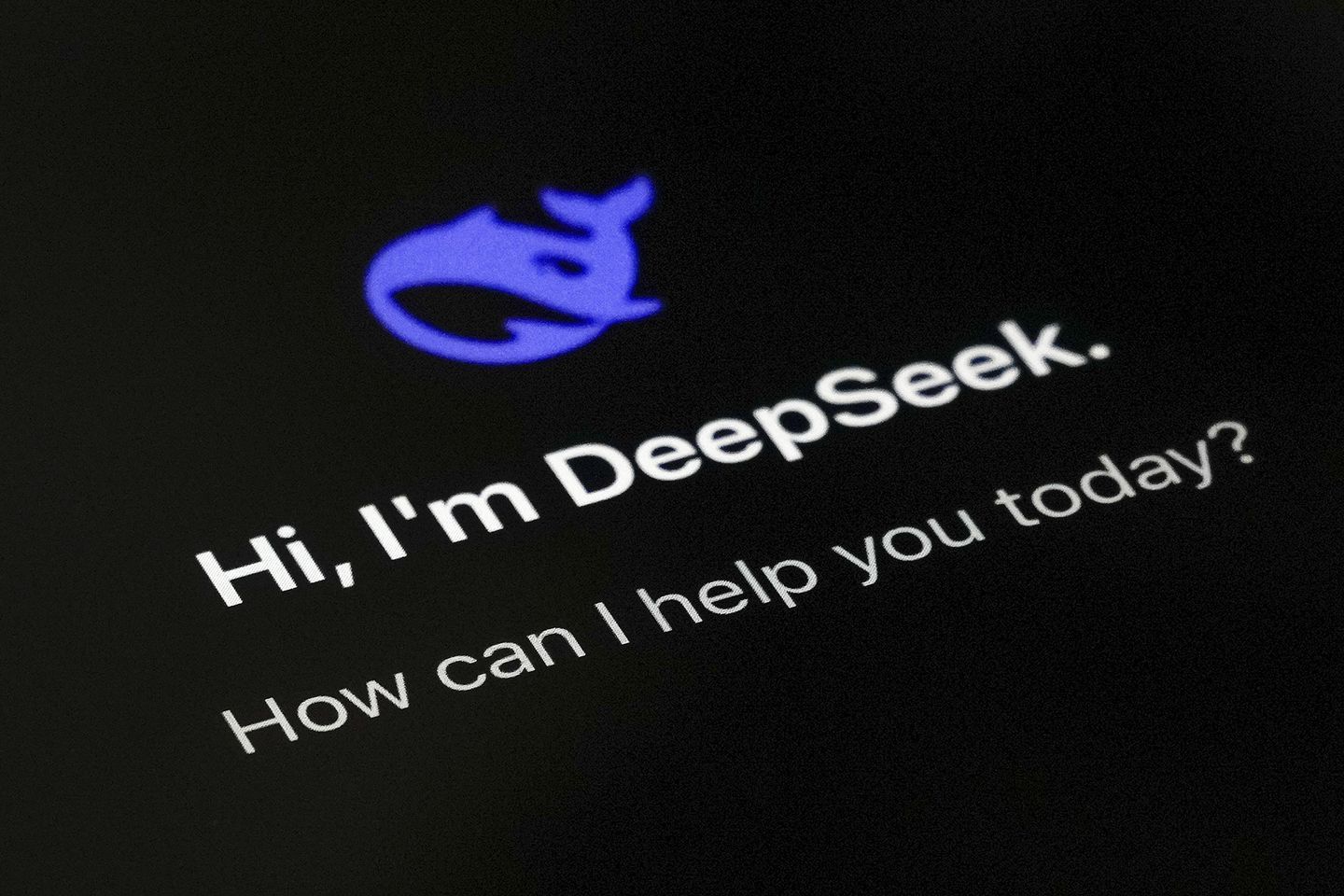
China’s unexpected advances in artificial intelligence in recent months have top U.S. researchers baffled.
DeepSeek, seen as a cost-effective AI breakthrough for China, was a wake-up call for U.S. industry technologists, but many appear to have hit the snooze button. DeepSeek’s rapid development of a model matching American frontier AI companies’ outputs for seemingly lower costs caught many national security officials and researchers off guard this year.
OpenAI’s Katrina Mulligan, who is working to foster closer ties between her company and military and intelligence officials, said DeepSeek stunned government and industry sources alike.
Ms. Mulligan told an AI conference in June that before OpenAI released its first reasoning model, her team talked with senior U.S. officials, including some on the National Security Council and at the Department of Energy.
OpenAI told the officials it believed it was four to six months ahead of its competition. Five months later, DeepSeek burst onto the scene.
“What we didn’t expect is that the first AI lab that caught up with us, that had their, that figured out how to replicate the reasoning breakthrough that we had, was not a U.S. lab; it was a Chinese lab,” she said at the AI+ Expo in Washington. “It was DeepSeek, and that was [a] jarring moment, I think, for us and for our competitors and for the U.S. government.”
Earlier this month, OpenAI CEO Sam Altman indefinitely delayed the launch of a much-anticipated open-weight model, citing the need to “run additional safety tests and review high-risk areas.”
Some observers think a Chinese attempt to steal his thunder helped prompt the delay. Just before Mr. Altman’s announcement, the Chinese startup Moonshot unveiled its open-weight model, Kimi K2, which attracted major interest from AI developers and enthusiasts online. Open-weight large-language models are designed to give people greater access to the models’ parameters to build custom solutions.
The Trump administration and some private researchers are making changes, however, to better position the U.S. to win the global AI race. The administration announced an AI Action Plan last week aimed at ensuring American dominance in the sector.
Some researchers have also bucked conventional wisdom about how to achieve powerful AI.
Many American efforts to reach artificial general intelligence, a powerful AI system performing as well as humans, have involved pursuing statistical approaches and large language models.
However, skeptics and America’s competition in China have pursued alternative approaches to AGI inspired by matching the human brain’s operation.
In June, Apple researchers joined the ranks of those openly skeptical that large-language models will advance into AGI on their own.
The Big Tech titan stood apart from much of its competition in a paper titled “The Illusion of Thinking,” in which Apple researchers detailed limitations in large-language models made by OpenAI, Anthropic, DeepSeek and Google.
The paper detailed the researchers’ unique process for measuring the large models’ performance. It concluded that the powerful models appeared unlikely to break through certain limitations needed to accomplish various tasks to reach AGI.
Apple’s research has turned heads from Silicon Valley to Washington, where policymakers are slowly acknowledging a knowledge deficit about what is happening inside private labs worldwide.
The U.S.-China Economic and Security Review Commission’s top recommendation to Congress in 2024 was to immediately establish and fund a “Manhattan Project-like program” for making and acquiring AGI.
The panel of experts selected by lawmakers to monitor and investigate China’s advances studied the Chinese Communist Party’s actions and overwhelmingly determined that reaching AGI needed to be top priority for the U.S., according to the commission.
The commission told The Washington Times that it votes on policy recommendations in secret, but there was no question that AGI was at the top of its commissioners’ lists.
Commissioner Mike Kuiken said people should not be surprised by China’s differing approaches to reaching AGI.
“One of the sort of consequences of the U.S. using export controls and other tools to constrain their innovation cycle is that engineers are going to engineer, and that means that they’re going to try to find alternative pathways and novel solutions to the problems that confront them that may be different than the problems that are confronted by our labs because [our labs are] working in a less constrained environment,” Mr. Kuiken told The Times in a May interview.
Some private intelligence researchers and firms have also compiled new evidence about China’s efforts to prepare for the emergence of advanced AI.
For example, Strider, a strategic intelligence company, and the Special Competitive Studies Project, which organized the AI+ Expo in Washington, published a report in June detailing the military ambitions behind China’s work on data centers and AI models.
Strider and SCSP’s investigation found that the Hainan Subsea Intelligent Computing Center, the first underwater AI computing facility in China, was supporting DeepSeek-based intelligent assistants capable of handling approximately 7,000 conversations per second.
The facility is about 30 yards underwater and is a joint project of several companies sanctioned by the U.S. government.
“Strider data indicates that the key stakeholders involved in this project have ties to PRC military, defense, and government entities, as well as connections to restricted entities,” the report said.
The report detailed the addresses, operational status, computing capacity and key stakeholders responsible for running China’s 207 AI data centers.
Although such information has typically been most useful to military, intelligence and other national security officials, the report explicitly courted an audience in the private sector.
The Strider and SCSP report said businesses needed to begin mapping their ties to China’s military and state apparatus to avoid losing personnel and intellectual property now.
“Companies should track [People’s Republic of China] statecraft tactics in close to real-time and identify when those tactics intersect with people and technology, enabling a proactive response to mitigate risks,” the report said.



![Former Bravo Star Charged After Violent Assault Using a Rock-Filled Sock in Tennessee Walmart [WATCH]](https://www.right2024.com/wp-content/uploads/2025/07/Former-Bravo-Star-Charged-After-Violent-Assault-Using-a-Rock-Filled-350x250.jpg)



![NYC Man Snatches Child Off The Sidewalk, Parents Chase Him Down [WATCH]](https://www.right2024.com/wp-content/uploads/2025/07/NYC-Man-Snatches-Child-Off-The-Sidewalk-Parents-Chase-Him-350x250.jpg)
![Karoline Leavitt Levels CNN's Kaitlan Collins and Other Legacy Media Reporters [WATCH]](https://www.right2024.com/wp-content/uploads/2025/07/Karoline-Leavitt-Levels-CNNs-Kaitlan-Collins-and-Other-Legacy-Media-350x250.jpg)
![Man Arrested After Screaming at Senators During Big Beautiful Bill Debate [WATCH]](https://www.right2024.com/wp-content/uploads/2025/06/Man-Arrested-After-Screaming-at-Senators-During-Big-Beautiful-Bill-350x250.jpg)
![Leftists Lose Their Minds After Jason Kelce Celebrates Being an American [WATCH]](https://www.right2024.com/wp-content/uploads/2025/07/Leftists-Lose-Their-Minds-After-Jason-Kelce-Celebrates-Being-an-350x250.jpg)






